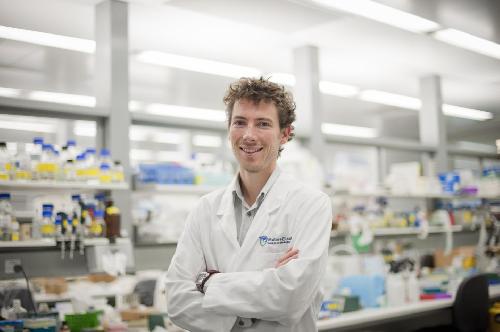The mystery of a rare, debilitating disease that has afflicted generations of European families - and long baffled their doctors - has been solved by an international collaboration involving Walter and Eliza Hall Institute researchers.
Dr Seth Masters from the institute, working in conjunction with Dr Adrian Liston and Dr Carine Wouters from Belgium, studied families in France, Belgium and England who had been living with an unknown condition that caused severe skin lesions, fevers, pain and exhaustion.
Every generation, half of the children of the people who suffered from this unknown disease develop the same symptoms.

The disease previously had no known cause or cure and has now been defined as Pyrin Associated Autoinflammation with Neutrphilic Dermatosis (PAAND).
Dr Masters said the team's work had pinpointed the cause of the disease - a genetic mutation - and by identifying the cause they had been able to effect a treatment.
This research, published in the international science journal Science Translational Medicine explains the mutation is found in gene called MEFV. This gene is known to cause an inflammatory disease called Familial Mediterranean Fever (FMF) in patients who inherit mutated copies from both their mother and father.
In the mutation found in PAAND patients, however, only a single copy of the mutation is needed to cause the disease, so it affects half of the children of patients.
"The PAAND mutation causes the body to respond as if there is an infection, which leads to the skin making an inflammatory protein which causes fevers, pain and skin lesions," Dr Masters said.
He said the research that led to this breakthrough in treatment - early results show a rapid clearance of skin lesions and a complete recovery from fevers and pain - was part of a growing area of "precision medicine".
"We are looking at rare and previously poorly-understood conditions that do not fit into categories of disease we are familiar with.
"The genetic analysis that is available to us now allows us to penetrate the cause of disease in a way that was out of our reach previously.
"It leads to specific, targeted therapies for conditions that previously were not even diagnosed."




Comments